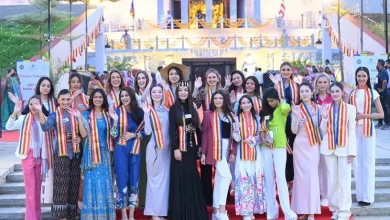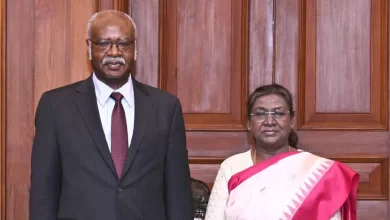
This marks the world’s first experimental discovery of the structure, theorised by Hungarian American physicist Eugene Wigner in 1934
Seoul: A group of South Korean scientists have discovered electronic crystallites in a solid material for the first time in the world, which is expected to help make progress in studies on high-temperature superconductivity, the science ministry said on Thursday.
A research team, led by Professor Kim Keun-su at Yonsei University in Seoul, posted a paper, titled ‘Electronic rotons and Wigner crystallites in a two-dimensional dipole liquid’, in Nature, a prominent science journal, according to the Ministry of Science and ICT.
This marks the world’s first experimental discovery of the structure, theorised by Hungarian American physicist Eugene Wigner in 1934, Yonhap news agency reported.
Wigner crystal refers to a solid or crystalline formation of a gas of electrons enabled by strong repulsion between electrons at low electron density.
Normally, a crystal formation is understood as an attraction between atoms.
“Until now, scientists have had a dichotomous perception of electrons: those with order and those without order,” Kim said. “But our research found a third type of electronic crystallites with short-range crystalline order.”
The discovery by Kim’s team is expected to provide further clues to understand better high-temperature superconductivity and superfluidity, long-standing problems in modern-day physics.
High-temperature superconductors, materials with critical temperature, are considered to have the potential for creating innovations in the energy, transportation, and medical industries as they can be easily cooled with liquid nitrogen.
Superfluids are also known to have potential practical uses in health care, the electronics industry, and others.
Kim said his team observed an electronic crystallite, with a size of 1 to 2 nanometres, while measuring the energy-momentum relation of electrons doped from alkali metals through angle-resolved photoemission spectroscopy and the Advanced Light Source, a specialised particle accelerator at the Lawrence Berkeley National Laboratory in the United States.







